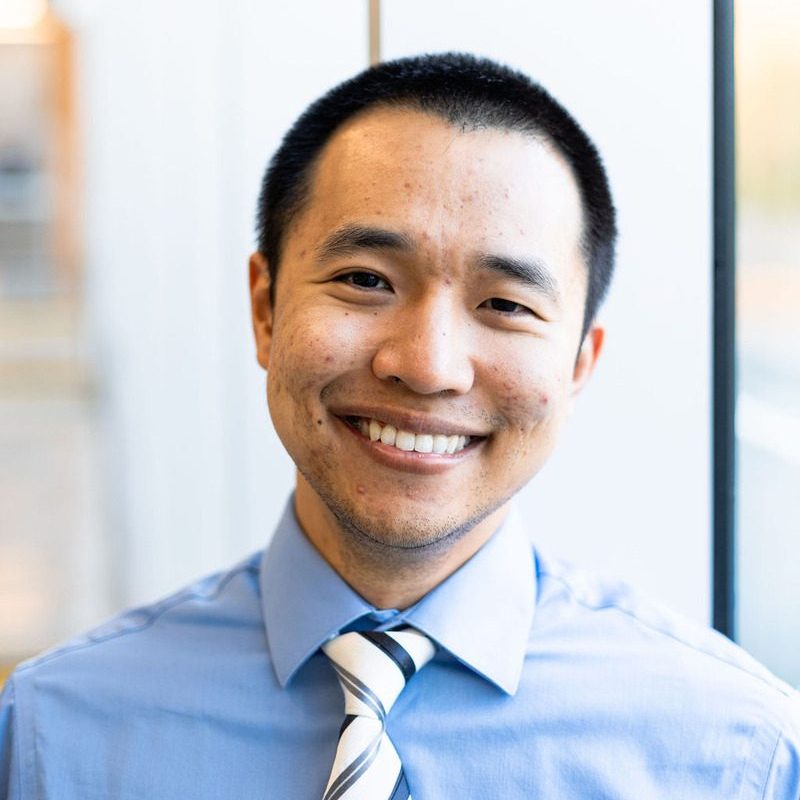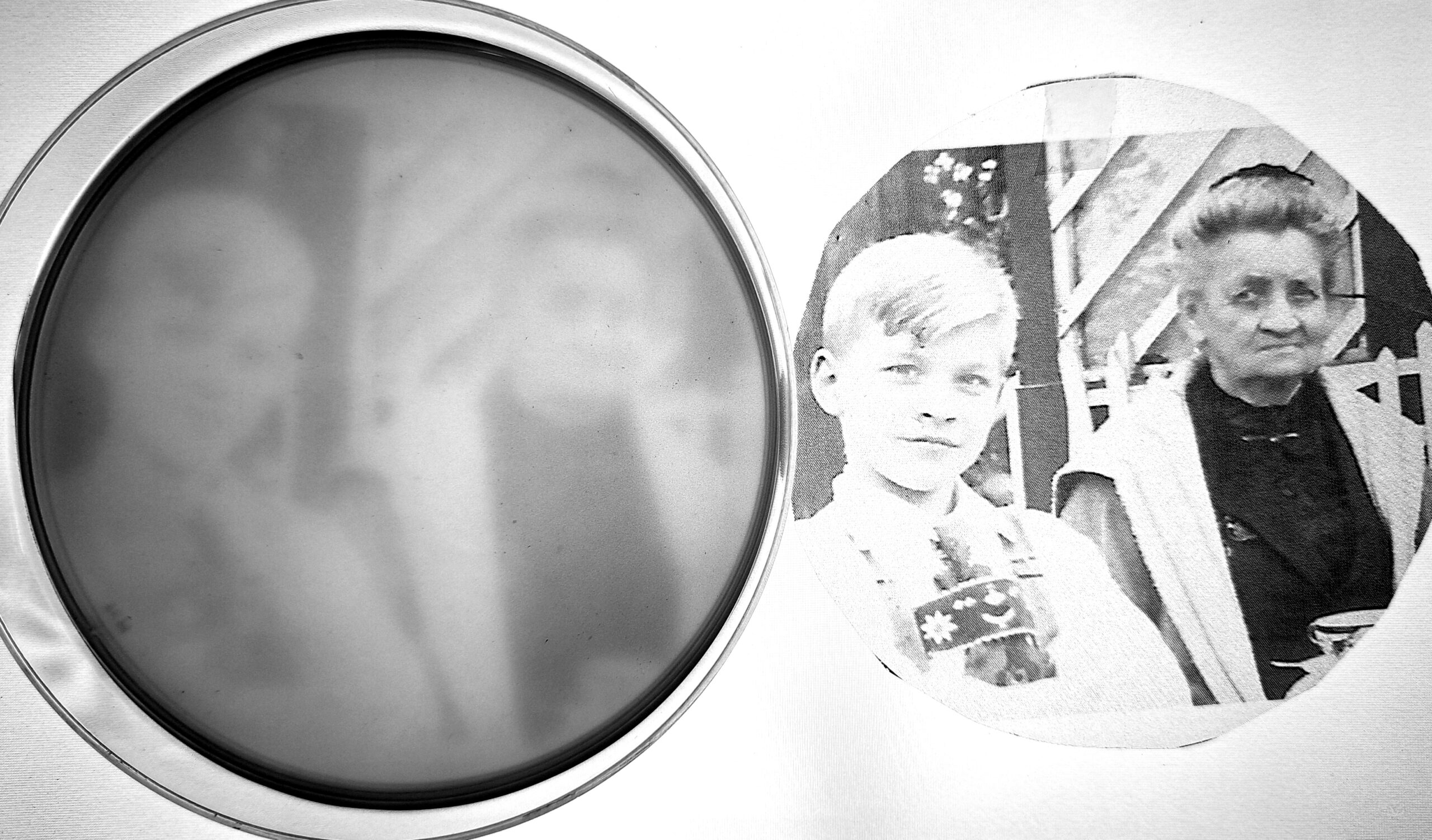Scientific innovation has played a crucial role in advancing human health. As we better understand how our bodies work, we have seen great leaps forward in how we study disease. Such efforts have led us to zoom in on the microscopic world. Studying disease pathologies in this way has let us see cells that attack each other in autoimmune disorders. These approaches have also helped us discover infectious disease agents that invade and attack our cells. Both dimensions have provided useful insights into disease mechanisms and spearheaded efforts to develop treatments against disease.
But amid these developments, we can easily forget the needs of the patients we serve. We gain tunnel vision, dismissing the psychological, physical, and mental needs that a patient will have. That can cause patients to feel disconnected, degraded, and disempowered. Preventing tunnel vision in treating patients thus remains an important goal in clinical practice. It requires us to constantly remember the end goal: to help patients live more meaningful lives.
To help remind us of the patients we serve, I am delighted to interview Amy Sylvis. Amy is a cystic fibrosis patient, having been diagnosed at 6 months. Aged 42, Amy runs a real estate investing firm named Sylvis Capital, buying multifamily properties for investors to gain value as passive income. She started in the pharma and biotech spheres but then moved to life in real estate because of the struggles that come with cystic fibrosis. Despite this, her background in the sciences and her constant interactions with the broader public helped her be a key figure in advancing CF care for patients across the United States.
Read on to learn more about her journey and the work she does to change patients’ lives through science communication!
The interview
PN: Let’s begin by talking about your life with cystic fibrosis. What was it like living with CF and how did you manage the challenges that came with it?
AS: I am by nature a data-driven person. My whole career is filled with data. In the biotech industry, we come across data from our experiments. We then make decisions about therapeutics and other technologies based on what the data tells us. I also make data-driven decisions in real estate. I work with Excel spreadsheets, calculate returns on investment, and look at other variables from demographics to policies that affect investment opportunities.
Similarly, my life with cystic fibrosis is also filled with data. I used a lot of my transferrable skills to read through the latest CF research. I learned about the many pathogens that can inhabit our lungs, especially Pseudomonas aeruginosa. I also kept up with the latest discoveries and advances in the process and shared them with online and in-person CF communities.
Doing all of that came with its struggles. I coughed a ton. I also lived with the risk of a pulmonary exacerbation every day. In fact, I was hospitalized several times with fellow CF patients who passed on at a very early age because of it. I would be on extremely painful IV antibiotics for weeks at a time. Even outside the hospital, I had to eat digestive enzymes every time I ate a meal and missed out on several friend outings because I had to do constant home treatments. Even as an adult, I was worried about holding down a job; I was constantly hospitalized for weeks on end while the hospital fought against multidrug-resistant P. aeruginosa in my lungs.
Even after all the struggles I faced, I didn’t want to go down without a fight. That’s why I started my real estate investment firm and continued to educate myself as much as I could. I didn’t want to give up and wallow in my pain. I knew I could inspire people in my situation and help them thrive even when living with cystic fibrosis.
PN: Thank you for your inspiring story. You mentioned in your story your experiences with pulmonary exacerbations. Could you tell us more about what they are and why it’s so important to treat them quickly?
AS: I would not wish a pulmonary exacerbation on anyone. Just think of your lungs being filled with sticky tree sap. Imagine trying to cough all that out. Your lungs would use all the force they could muster to get rid of the mucus, to no avail. All that coughing will irreversibly damage your lungs. On top of that, your body will try its hardest to kill the bacteria living in the mucus. Even with an overactive immune system, your lungs won’t be able to remove the pathogens. Furthermore, your immune system will also damage your lungs further and contribute to hemoptysis, where you cough out blood. Just imagine trying to breathe through all that.
PN: What a harrowing experience to endure. With your lungs constantly infected by bacteria, antibiotics are surely a staple in your treatment regimen. How do patients like you take these antibiotics?
AS: Back in the 80s as I grew up, clinicians would nebulize IV antibiotics such as tobramycin and it would be the primary antibiotic available for fighting P. aeruginosa infections. Nebulizing antibiotics typically means that doctors would administer the antibiotic as a vapor mix with a salt solution. That way, the antibiotic can penetrate the airways directly. Since then, we have had other antibiotics to choose from. For instance, I alternate between 28 days on and 28 days off with nebulized off-label colistimethate as a background therapy. On top of that, I also take azithromycin, not for its antimicrobial activity, but for its anti-inflammatory effects instead.
PN: When I went through the PhD program studying cystic fibrosis, I had few chances to hear directly from CF patients like you. Nonetheless, PN: I grew excited when I heard about Trikafta changing so many patients’ lives. How did you react when you heard about Trikafta?
AS: For some context, Trikafta is a prescription medication for CF patients with at least two kinds of mutations on a gene encoding the Cystic Fibrosis Transmembrane Protein (CFTR). This protein helps you maintain ion balance in your body’s cells. If you had a mutation here, you would end up having mucus buildup in your lungs like I did. Now, one of these mutations is called F508del.This is CF patients’ most common mutation which prevents the protein from operating as it should. That’s where Trikafta comes in. It’s a combination of three small molecule drugs that help the CFTR protein function as it should.
When I first heard that the FDA had approved Trikafta, I was overwhelmed with joy. The CF community and I already had a hunch that it was going to be one of the quickest approvals in FDA history. The data for its benefits was clear and we heard word that the FDA review process would be quick. I couldn’t wait to try it for myself. And now, this past November will have been my fourth anniversary of taking Trikafta.
Trikafta has been a game-changer for my life. I used to need much more sleep and to take far more naps. Now, I gain much more rest from less sleep and can exercise far better than I used to. I also coughed much less frequently than I used to, and with less blood too. My symptoms persist because of the lung damage I already sustained before Trikafta’s approval. Nonetheless, my disease has become much more manageable thanks to Trikafta.
PN: I bet knowing as much about cystic fibrosis as you do requires you to keep up with the latest research. How do you and the community do that? Also, what issues do you feel the research community needs to consider further?
AS: Reading the literature has played such an important role in keeping up with the latest research. I don’t just do this on my own, though. There are still many active CF communities where we should share the literature. I also attend groups such as the CF Roundtable Newsletter and the Cystic Fibrosis Research Institute (CFRI) that publish or give links to journal articles, news releases, and other important updates that help me stay in the loop.
Amid all the research, I think many topics should still be shared as much as possible. While CF is worst for respiratory health, there are other complications that we need to discuss, such as CF-related diabetes, the burgeoning antimicrobial resistance crisis, and underreported pathogens (eg. fungi) that worsen airway disease. For each of these topics, we’ve been strongly advocating for more exposure to research organizations, but we haven’t had much traction so far. We should also be aware of the increased cancer risk for CF patients, especially with colorectal cancer.
Altogether, the CF community is an extremely active one. I want scientists and research communicators to understand that and to constantly engage with us to enhance patient care. We’re very eager to be key players at the decision-making table and to understand just as much what CF practitioners do, what’s going on in the industry, and the existing and emerging treatments that exist. We don’t want to be paternalized; rather, we want to be fellow partners in treating and curing CF once and for all.
PN: What’s the best way to go about forming such a cooperative relationship between practitioners, researchers, and patients?
AS: For patients like me, treating us like people and not like lay folks who can’t possibly understand, or grasp research will go a long way. I also felt that the more I got involved, the more control I had over the outcomes of my health, and the more outcomes I had control over my health, the more I could just live my life the best way. For more active communities like ours, having researchers reach out directly to us motivates and drives us. A lot of us are on social media, great platforms to facilitate two-way communications. Sharing data directly with us and engaging with us on lessons to learn and how we can push research forward will also go a long way to enhance a cooperative relationship between us and those helping us.
Scientists, however, can also face more passive, disengaged communities. Others may not be as motivated with their care. That can cause scientists to be burnt out or to wonder about the point of doing their research. Even so, I still believe that their work goes a long way to helping patients. Just doing the communications work already goes so long to ensure that patients feel cared for, even if they struggle to act on improving their health. I would also recommend thinking of ways to empower the patient to take action, to encourage them, and to make them feel like their actions mean something. Even small acts of kindness and empathy when sharing research will go a long way to fostering trusting, long-lasting relationships between patients and care providers.
Author
-

Paul Naphtali is a seasoned online marketing consultant. He brings to the table three years of online marketing and copywriting experience within the life sciences industry. His MSc and PhD experience also provides him with the acumen to understand complex literature and translate it to any audience. This way, he can fulfill his passion for sharing the beauty of biomedical research and inspiring action from his readers.
View all posts




